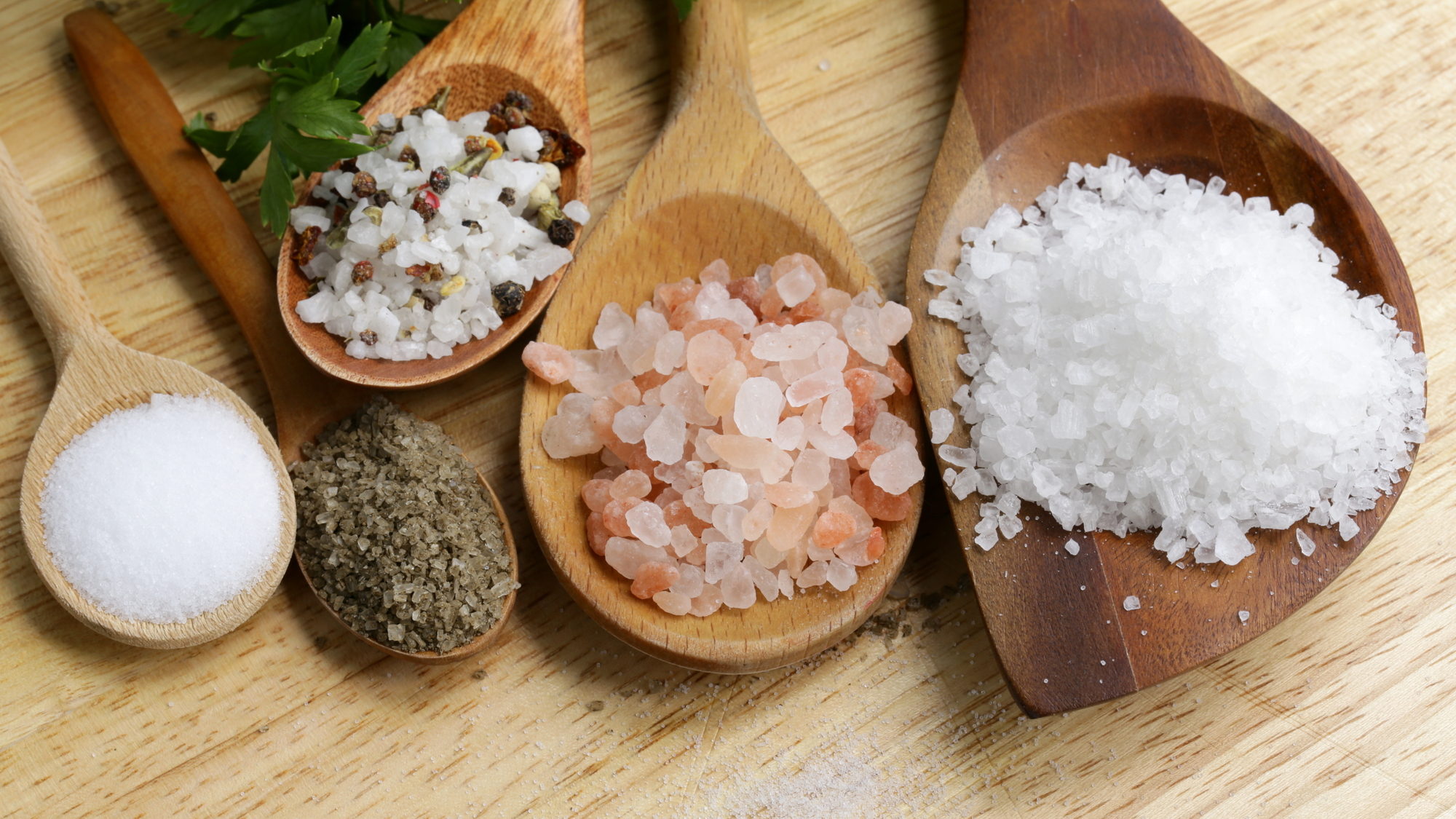
We are safe most of the time
Sodium is an essential electrolyte for performance. Fortunately Sodium and water balance are precisely regulated by the endocrine system provided the ratio of sodium and water intake is within a reasonable range.
At the risk of over simplifying, when we consume too much sodium our systems excrete the excess, too little sodium relative to fluid and the system goes diuretic and shed water.
On most race days at normal temperatures and humidity most athletes will replace fluid as part of their fueling plan. Most endurance fuels have the normal ratio of sodium, around 450 to 500 milligrams per liter. Most Gels and sports bars also support sodium intake. Due to this, for most IRONMAN and Ultra athletes operate in the safe range.
The problem scenarios
The races of concern are races where there is a significant need for water replacement that is above the fuel demands. Examples being longer races in excessive heat or humidity.
In humid or hot races of longer distances athletes will need to hydrate with water over and above the usual fueling strategy. If the extra water does not contain sodium, over the hours the sodium ratio in their system becomes out of balance causing performance issues at best, health issues at worst. Examples include early fatigue, cramp, hyponatremia.
Another common scenario is pre-hydration when many attempt to top up their hydration in the days before by drinking excessive plain water. Too much water without electrolytes, specifically sodium, will reduce the sodium ratio and see the athlete’s system automatically start to shed water in order to restore the balance. This essentially has the adverse outcome to the athlete’s goal. This is a process used by boxers, called water loading, to make weight through dehydration.
The solution
In races where there is a chance of excessive heat or humidity hydration and fuel should be decoupled. This means that fueling should not be tightly coupled to water uptake, but sodium should. To achieve this, sports drink and/or gels can be consumed as normal, typically at a rate of 4% – 6% carbohydrate (40-60 grams per hour). When drinking extra water ensure you also take 450-600 milligrams per litre of sodium. This can be done by taking added salt tablets, electrolyte only drinks ( Nuun, Hydrolyte etc).
In an IRONMAN salt tablets or salt sticks are an option. For Ultras having pre-mixed electrolytes at checkpoints ensure the correct balance.
For pre-hydration leading up to races ensure you never drink plain water. Always drink water with added salt or electrolytes. In past year we were advised to drink water until our urine was clear. Clear urine is a sign you are water shedding due to over hydration and a sodium imbalance.
Anyone who has had a bit much to drink on a night out would notice clear urine, the constant need to pee, and the hangover due to dehydration the following day. All the same effects.
The wrap up
Sodium balance is essential for athletic performance and health. Keep it in balance by ensuring you are consuming 450 to 600 milligrams per liter sodium when drinking non-electrolyte content drinks.
A healthy real food diet will ensure your other electrolytes like magnesium and potassium are in balance. If minimal processed foods are consumed in your everyday diet, you may need to supplement sodium in your meals / drinks to ensure you have sufficient sodium. If you do consume a reasonable amount on process food like bread, cereals, pasta (not recommended) then the need for sodium supplementation is unlikely.
